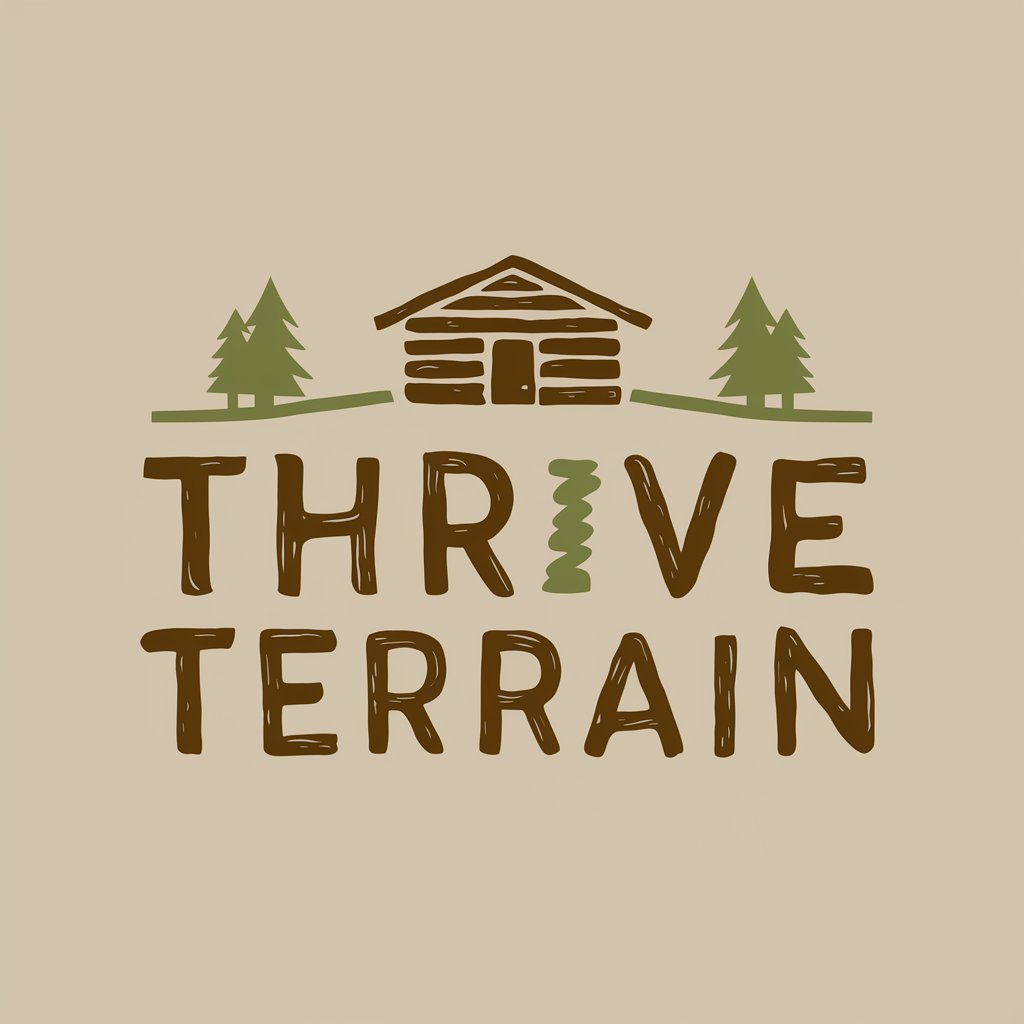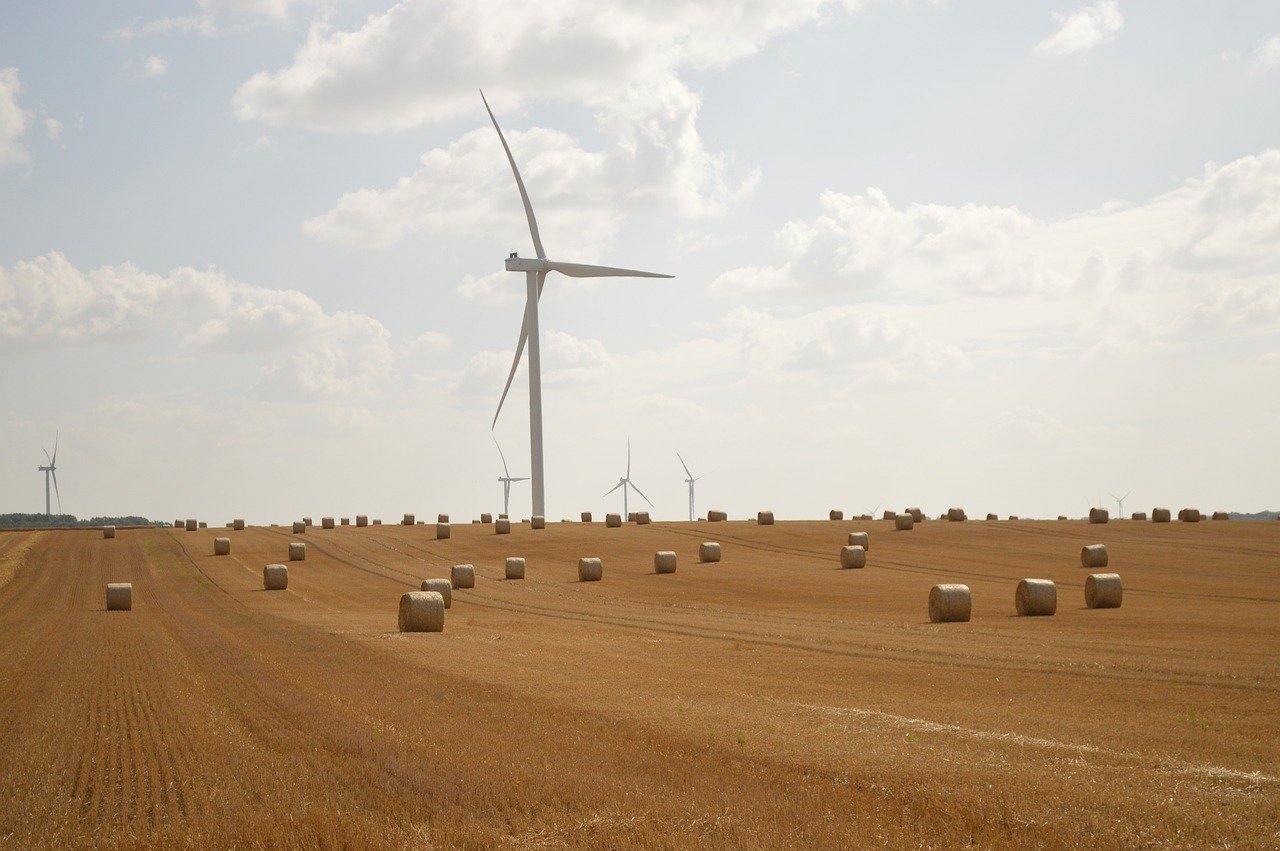Are you wondering how to choose the right equipment so your farm becomes more productive, profitable, and sustainable?
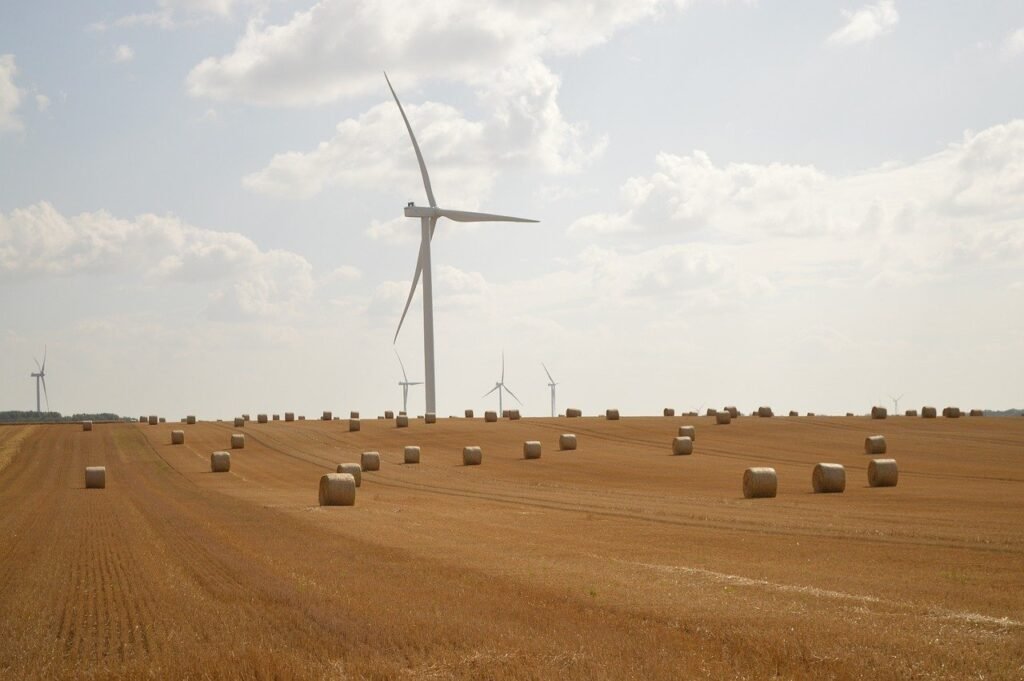
This image is property of pixabay.com.
How Do You Choose The Best Equipment For Sustainable Farming?
Choosing equipment for sustainable farming isn’t just about the latest technology or lowest upfront price. You need tools that match your goals for soil health, water conservation, energy efficiency, biodiversity, and long-term resilience. This article helps you evaluate, compare, and select equipment that aligns with sustainable practices for the size and type of farm you manage.
Why equipment choice matters for sustainable farming
Your equipment decisions shape every part of your production system. The right gear can reduce fuel use, minimize soil disturbance, decrease chemical inputs, increase yields, and improve resilience to weather variability. Conversely, mismatched tools can increase costs, damage soils, and hinder your sustainability goals. You’ll get guidance here on choosing equipment that truly supports your practices.
Define your sustainability goals first
Before buying anything, you should clarify what “sustainable” means for your operation. Are you focused on reducing greenhouse gas emissions, improving soil organic matter, conserving water, or enhancing biodiversity? Setting clear, measurable goals makes equipment selection far easier and more effective.
Set measurable targets
Translate broad goals into metrics you can measure—tons of CO2e reduced per year, percent improvement in infiltration, water used per kilogram of product, or percent reduction in diesel use. Measuring progress helps you evaluate whether equipment delivers the expected sustainability gains.
Match goals to crop and scale
Equipment that works for a 5-acre vegetable farm won’t necessarily suit a 5,000-acre grain operation. Think about crop diversity, labor availability, mechanization level, and the scale at which you operate. Selecting tools appropriate to your scale avoids wasteful spending and maintenance complexity.
Key selection criteria for sustainable equipment
When comparing machines, you should evaluate a consistent set of criteria. This helps you balance upfront costs, lifecycle impacts, performance, and practical realities on your farm.
Core evaluation checklist
- Energy source and efficiency — How much energy does the equipment use per unit output? Can it use renewable energy?
- Soil impact — Does the tool reduce compaction and preserve structure?
- Water efficiency — Does it optimize irrigation delivery or minimize runoff?
- Emissions and pollution — What are the direct and indirect greenhouse gas impacts?
- Durability and maintenance — How long will it last? How easy is service?
- Compatibility — Will it work with your existing implements and systems?
- Cost and payback — What is the total cost of ownership and expected ROI?
- Supplier support and training — Is there local support and operator training?
- Scalability and modularity — Can it be upgraded or resized as your farm grows?
- Local availability of parts — Are replacement parts and consumables easy to source?
Use this checklist as a decision matrix to compare equipment options consistently.
Categories of equipment to consider
Different functional areas on your farm will require different types of equipment. Below are major categories and what to consider for each.
Tractors and power units
Tractors are the backbone of many operations. Your choice affects fuel use, emissions, and compatibility with attachments.
- Compare conventional diesel, biodiesel-capable engines, electric tractors, and hybrid models.
- Look for features like adjustable ballast, low ground pressure tires, or tracks to reduce compaction.
- Consider modular tractors or battery-swappable e-models if you plan to integrate on-farm renewable energy.
Tillage and soil preparation implements
The way you prepare soil influences erosion, carbon loss, and water behavior.
- Favor reduced-till or no-till seeders and chisels to maintain soil structure and organic matter.
- Choose tools that allow targeted tillage rather than blanket tillage.
- Consider precision residue management equipment to handle cover crop residues and crop residues without burning or burying organic matter.
Planting and seeding equipment
Precision seed placement reduces seed waste and improves uniformity, influencing water and nutrient efficiency.
- Look for variable-rate seeders and planters that adjust seeding density in real time.
- Choose drills designed for minimal soil disturbance if you practice conservation tillage.
- Ensure seed meters are accurate for the species you plant to avoid rework.
Fertilizer and chemical application
Efficient nutrient delivery cuts costs and pollution while supporting yields.
- Prioritize variable-rate spreaders and applicators controlled by GPS/soil maps.
- Choose banding or localized fertilizer placement over broadcast application when appropriate.
- Look for low-drift, precision sprayers with droplet control and boom section control to avoid off-target application.
Irrigation systems and water management
Water is often the limiting input. Efficient irrigation systems support sustainability by delivering the right water when and where it’s needed.
- Drip and micro-sprinkler systems offer high water-use efficiency for many crops.
- Center pivots and lateral systems can be optimized with variable-rate irrigation (VRI) technology.
- Consider soil moisture sensors, weather stations, and automation to avoid over-watering.
Harvesting and post-harvest equipment
Efficient harvest and post-harvest handling reduce losses and energy use.
- Choose harvesters that minimize crop damage and adjust to different crop conditions.
- Consider solar-powered or energy-efficient cold storage, refrigeration, and drying solutions.
- Evaluate processing and packaging equipment for energy intensity and waste generation.
Renewable energy systems
On-farm renewable energy can power equipment and reduce reliance on fossil fuels.
- Solar PV for pumps, cold storage, electric vehicle charging.
- Biogas digesters for manure and organic waste, producing both energy and fertilizer.
- Wind turbines or hybrid systems depending on resource availability.
Sensors, monitoring, and precision ag technologies
Digital tools give you the data to apply inputs defensively and measure impacts.
- GPS guidance, yield monitors, and variable-rate controllers make precision application possible.
- Soil sensors, weather stations, and remote sensing (satellite or drone) help you measure soil moisture, plant stress, and nutrient status.
- Consider open data standards and compatibility with farm management software to avoid vendor lock-in.
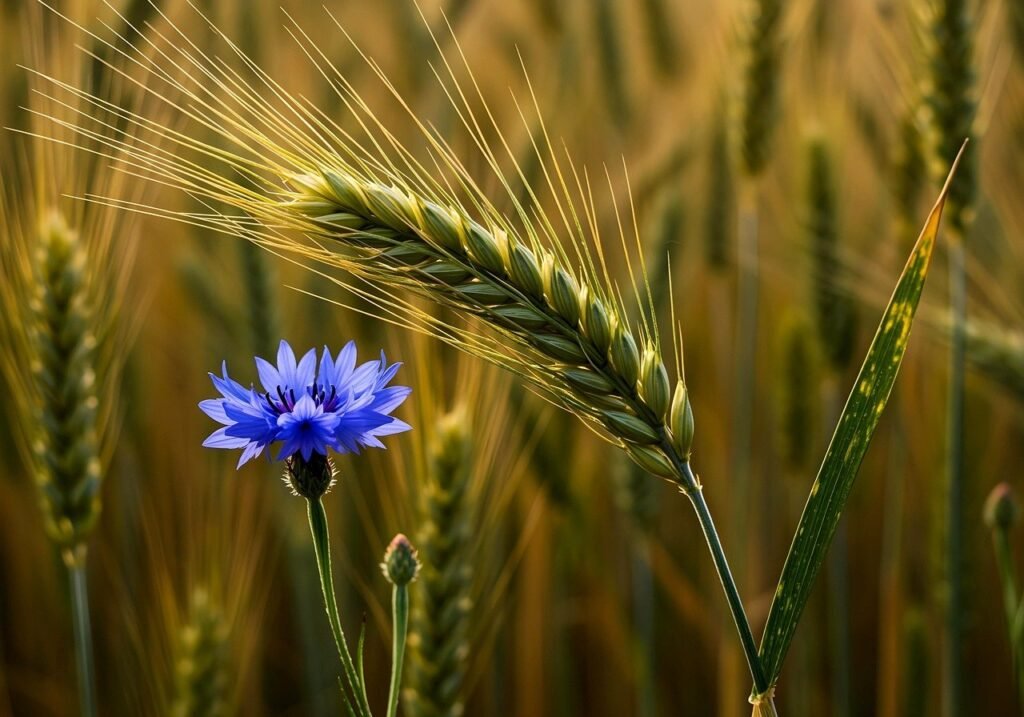
This image is property of pixabay.com.
Comparative decision matrix (example)
A simplified table can help you compare top options across common types of equipment. Tailor the criteria and weightings to your priorities.
| Equipment type | Sustainability benefit | Typical upfront cost | Maintenance complexity | Compatibility with renewables | Suitability for small farms |
|---|---|---|---|---|---|
| Electric tractor | Low emissions, lower operating cost | High | Moderate (battery care) | Excellent | Good (if charging available) |
| Diesel tractor (modern) | Powerful, versatile | Moderate | High (fuel, oil) | Limited | Excellent |
| No-till drill | Improves soil carbon, reduces erosion | Moderate | Low | N/A | Excellent |
| Precision sprayer | Reduces chemicals and drift | Moderate-high | Moderate | Good | Variable |
| Drip irrigation | High water efficiency | Moderate-high | Moderate | Excellent (solar pumps) | Excellent |
| Biogas digester | Converts waste to energy | High | High | Excellent | Better for medium/large farms |
| Solar-powered cold room | Low operational emissions | Moderate | Low | Excellent | Excellent |
This table is illustrative. Use local prices, availability, and scale to refine comparisons for your farm.
Perform lifecycle cost and environmental impact assessments
Don’t judge by upfront price alone. You should estimate total cost of ownership (TCO) and lifecycle environmental impacts.
Components of lifecycle cost
- Purchase price and financing costs
- Fuel or electricity consumption over expected life
- Maintenance, parts, and consumables
- Operator labor time and training
- Residual value or resale potential
- Downtime and productivity losses
Calculate TCO per acre or per unit of product. Compare alternatives on that basis to determine true value.
Environmental impact metrics
- GHG emissions (CO2e) per year or per unit produced
- Water use (m3 per tonne or m3 per acre)
- Soil carbon change or erosion rates
- Chemical runoff or off-target contamination risk
- Biodiversity impact (habitat disturbance)
Work with local agronomists or consultants if you need to do formal lifecycle analysis (LCA) or carbon accounting.

This image is property of pixabay.com.
Practical steps to select equipment
Follow a step-by-step process to minimize risk and maximize alignment with goals.
Step 1: Inventory current assets and constraints
List existing equipment, their condition, and maintenance history. Identify bottlenecks, compatibility issues, and immediate needs. You’ll avoid redundant purchases and can identify retrofit opportunities.
Step 2: Define priority problems to solve
Translate sustainability goals into problem statements: “We need to reduce irrigation volumes by 30%,” or “We must reduce diesel consumption by half within five years.” That guides your purchase choices.
Step 3: Research options and providers
Compare multiple vendors, ask for performance data, and request references from local farms. Prioritize suppliers who offer training, parts support, and warranties.
Step 4: Conduct trials and pilots
If possible, arrange a short-term trial or rent equipment before committing. Trials reveal real-world performance and hidden constraints like operator acceptance or terrain suitability.
Step 5: Calculate TCO and payback
Estimate energy use, maintenance, and expected yield or efficiency improvements. Calculate simple payback and more comprehensive ROI scenarios. Factor in incentives, grants, and tax credits.
Step 6: Plan for training and maintenance
Schedule operator training, create maintenance checklists, and secure spare parts. Good training boosts efficiency and prevents equipment mis-use that undermines sustainability.
Step 7: Monitor and adapt
After deployment, measure outcomes against your targets and adapt. Use sensors and record-keeping to monitor fuel use, yields, soil health, and water use.
Financing, incentives, and procurement strategies
Buying sustainable equipment often involves higher upfront cost but lower operating cost. Multiple financing strategies can reduce barriers.
Grants, subsidies, and tax incentives
Many governments and NGOs offer co-financing, grants, or tax credits for renewable energy, efficient irrigation, and low-emission machinery. Check local agricultural extension services and development agencies.
Leasing and contract services
Leasing or contract harvesting can let you access advanced equipment without full capital expense. Contracting also gives you flexibility as farm size or crop mixes shift.
Cooperative purchasing and custom service providers
Pooling resources with other farmers or hiring custom operators reduces individual capital needs and increases machine utilization rates, making expensive but efficient tools economically viable.
Carbon credits and environmental markets
If your equipment reduces emissions or enhances carbon sequestration, you may be able to generate revenue through carbon markets. Investigate certification pathways and measurement requirements.

Used vs new equipment: pros and cons
You’ll need to decide whether to buy new, used, or retrofit older machines.
New equipment
- Pros: Latest efficiency, warranty, better integration with digital systems.
- Cons: Higher upfront cost; potential for rapid depreciation.
Used equipment
- Pros: Lower upfront cost, quick availability.
- Cons: Higher maintenance risk, possibly less efficient, limited warranty.
Retrofitting and conversions
- Options like converting diesel tractors to run on biodiesel, or retrofitting implements with precision sensors, can be cost-effective. Electric conversions are emerging for some machinery but require careful assessment of battery integration and power demands.
Maintenance, operator training, and safety
Sustainable equipment only delivers if it’s properly used and maintained.
Maintenance best practices
- Follow manufacturer schedules and document all service.
- Use recommended lubricants and parts to maintain efficiency.
- Implement winterization and storage protocols to extend life.
Training and operator involvement
- Train operators not only on machine use but on sustainable practices (e.g., correct speeds, optimal tillage depth).
- Involve operators in selection trials—they often identify practical issues early.
Safety and compliance
- Ensure equipment meets local safety standards and you have appropriate PPE and training protocols.
- Maintain records to support audits or certification schemes.
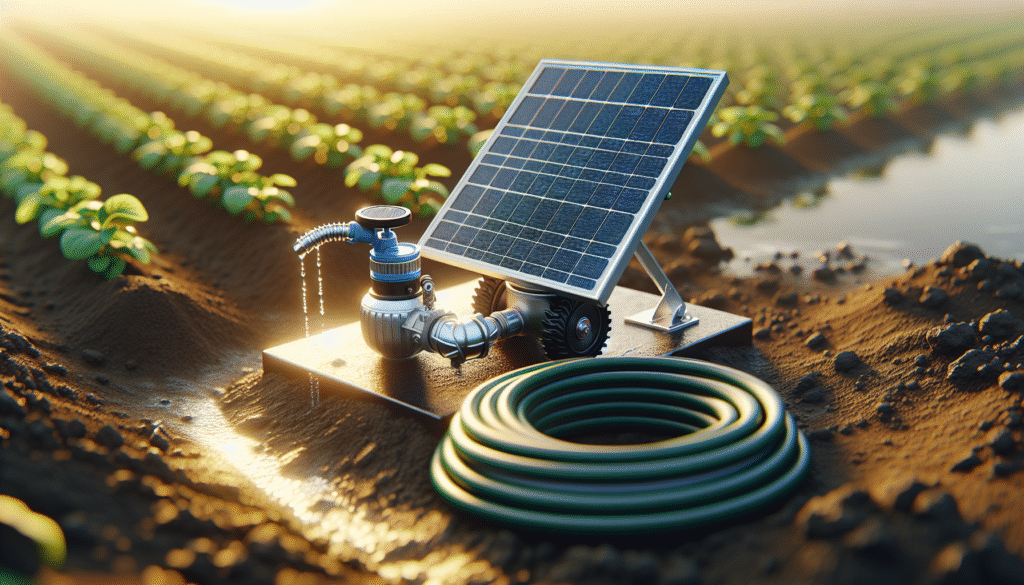
Integration with digital tools and data management
Sensors and data systems can increase the value of equipment by enabling precision and documentation.
Farm management software and connectivity
- Choose systems that integrate GPS, field maps, yield data, and sensor inputs.
- Favor open standards and interoperability to prevent vendor lock-in.
Data-driven decision making
- Use historical and real-time data to fine-tune variable-rate applications, irrigation schedules, and harvest timing.
- Data helps verify sustainability claims and supports access to incentive programs.
Case examples and scenarios
Learning from other farms helps you avoid common pitfalls.
Small-scale mixed vegetable farm
You might prioritize a no-till transplanter, a battery-powered tractor for beds, drip irrigation with solar pumps, and a small cold room. Focus on modularity and low capital cost per bed.
Medium-sized row crop farm
Consider an efficient diesel or hybrid tractor fleet, no-till drills, variable-rate fertilizer spreaders, center pivots with VRI, and yield monitors. Emphasize TCO and ROI, and look for cooperative purchasing opportunities.
Livestock and mixed systems
Invest in manure separators, composters, and biogas digesters where feasible. Focus on equipment that improves nutrient cycling and reduces methane and nitrous oxide emissions.
Measuring success and continuous improvement
After purchase, you should track metrics and adjust practices.
Key performance indicators (KPIs)
- Fuel or energy use per hectare
- Water applied per kilogram of product
- Change in soil organic matter over time
- Pounds of synthetic fertilizer used per acre
- Yield per unit input
- Downtime and maintenance costs
Regular reviews
Conduct seasonal reviews of equipment performance and operator feedback. Use results to plan upgrades, additional training, or changes in crop management.
Common pitfalls and how to avoid them
Anticipate these problems to reduce risk.
- Buying equipment based only on trends or marketing claims — avoid by running trials and checking references.
- Ignoring local service and parts availability — prioritize local support.
- Underestimating operator training needs — plan for hands-on time and refreshers.
- Overcapitalizing on gear that won’t be utilized — ensure machines match your realistic utilization rates.
- Forgetting compatibility with existing implements — verify hitch classes, hydraulic capacity, and control systems.
Checklist for final purchase decision
Before signing, run through this quick checklist.
- Does the equipment meet your prioritized sustainability goals?
- Have you calculated total cost of ownership and expected payback?
- Can your existing infrastructure support the new equipment (power, fueling, maintenance)?
- Is there warranty, training, and local parts support?
- Have you performed a trial or confirmed performance with a reference farm?
- Do you have a maintenance and operator training plan?
- Are financing and incentives in place or applied for?
- Can you monitor and measure outcomes to verify performance?
Final thoughts
Choosing the best equipment for sustainable farming is a strategic process that blends technical criteria, economic realities, and long-term stewardship values. When you set clear goals, evaluate options using consistent metrics, pilot new tools, and plan for training and maintenance, you’ll optimize both sustainability outcomes and farm profitability. Thoughtful equipment decisions will help you produce more with less, protect your soils and water, and build resilience for the seasons ahead.
